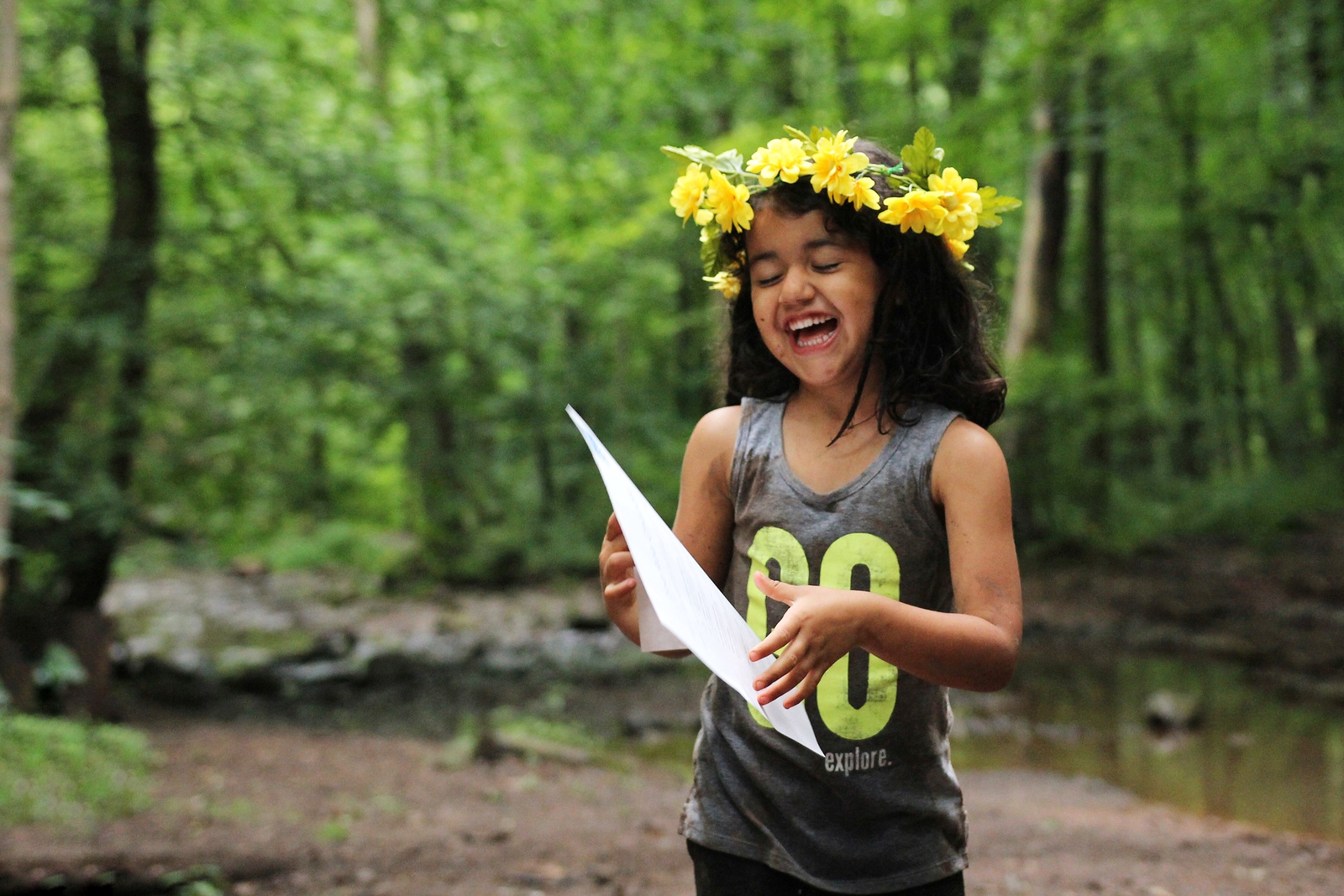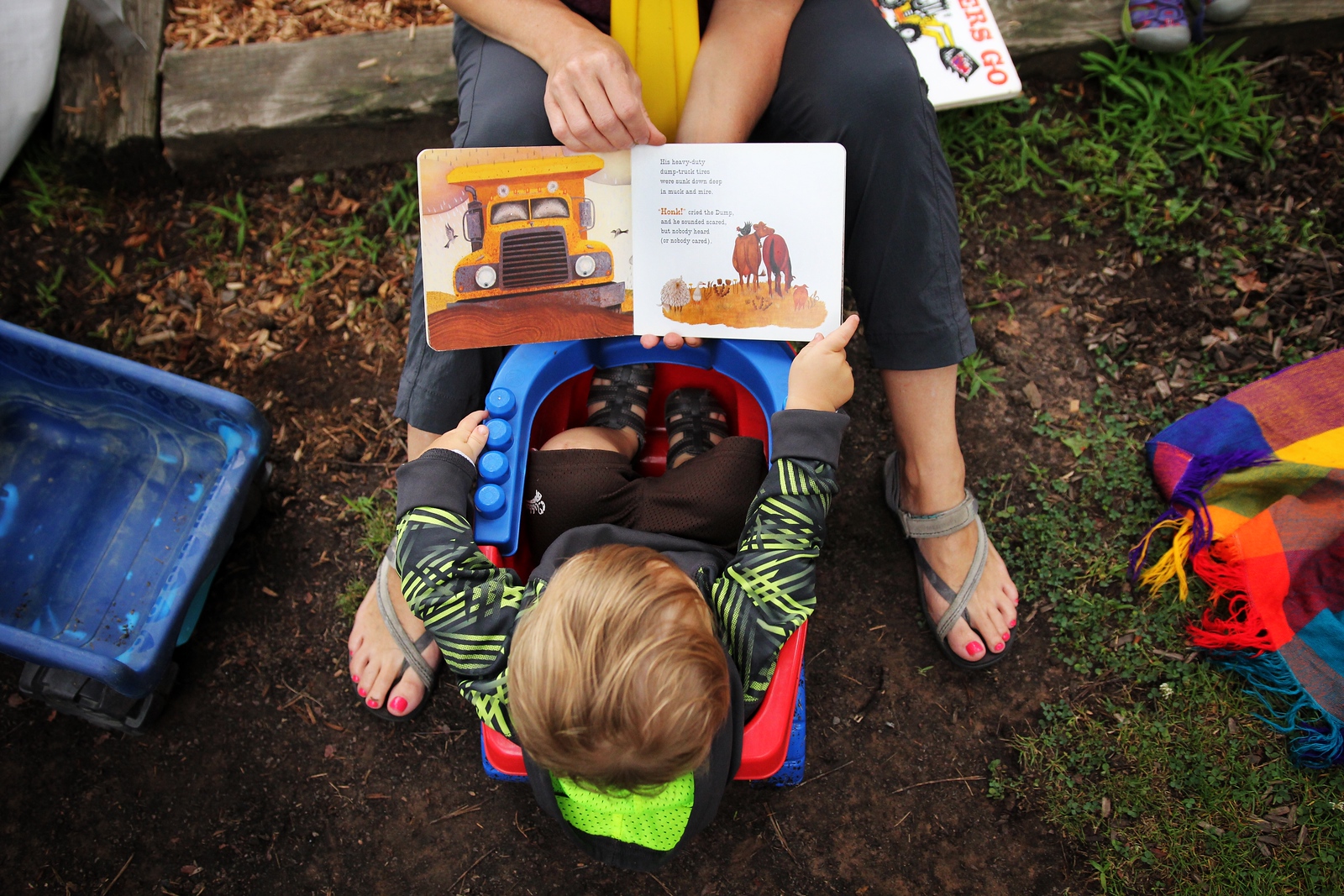Special Ways to Celebrate the Summer Solstice with your Family
- Blog Special Ways to Celebrate the Summer Solstice with your Family
WHAT IS THE SUMMER SOLSTICE
Oh, wonderful summer! Just saying the word brings on thoughts of long days, short nights, and rising temperatures to enjoy. For those of us with kids, it also means early sunrises, late sunsets, and a lot of “but the sun is out!” arguments for waking up early or staying up late. But what is the summer solstice, and why does it mark the start of summer? Read on to find out more!
On the summer solstice (also called midsummer in some cultures), one of the earth’s poles reaches its maximum tilt (23.44 degrees) toward the sun. For those of us in the Northern Hemisphere, this occurs on June 21 this year and marks the longest day and the shortest night of the year. Interestingly, countries and territories north of the Arctic Circle (such as Alaska) witness what is called the “midnight sun” where the sun is visible for a full 24 hours. While we consider this day the start of summer in the United States, other cultures consider it closer to the middle of summer.
The summer solstice has been associated with everything from the start of the new year in ancient Greece to the feminine “yin” force in ancient China. Regardless of which way you look at it, this is a day worth celebrating! Here are some activities, crafts, and book recommendations to help your family celebrate the longest day (and shortest night) of the year.
Photo Credit: Jessica Human
ACTIVITIES
- Welcome the early sunrise with yoga — Greet the sunrise or sunset with a few rounds of sun salutations to give thanks for the blessings the sun brings us. You can follow it up with a few poses depicting some of those blessings, such as tree pose and flower pose, or some fun animal poses to keep the kiddos interested. Discover more family-friendly yoga poses in this article.
- Sunrise or sunset hike — Usher the family out the door for an early-morning hike to welcome the sun on the longest day of the year. Don’t want to wake up that early? Aim for a sunset hike instead and stay to marvel at the starlit sky as it comes to life on the shortest night of the year.
- Create a summer-themed nature table — Creating an area where kids can place items that remind them of summer is a wonderful way to kick off the season! The area can be as small as a bowl with a few special items or as large as a table with numerous summer projects on display. A few examples to include are seashells collected at the beach, postcards from a vacation, summer crafts, or potted flowers. Any items that remind your family of the endless fun of summer will work!
- Spend time with the local flora — What better way to show your gratitude for the sunlight than by spending time in the garden or visiting a farm to give thanks for the bounty that is made possible by the sun? After all, without the sun, plants couldn’t exist, which in turn means that animals (like us) couldn’t exist.
Photo Credit: Ali Chandra
CRAFT IDEAS
- Construct a sun suncatcher — Capture the radiance of sunlight with a sun-shaped suncatcher to hang in your window! This craft is sure to brighten your day even when the weather turns gloomy.
- Make a flower crown — Celebrate the season with a bright and sunny flower crown. If dandelions are plentiful in your yard this time of year, here is an easy tutorial for a dandelion crown using no extra materials. Then you can harvest the dandelion greens to make a yummy salad! Looking to save the flowers and leave no trace, or you don’t have dandelions in your yard? Here is a tutorial that uses fake flowers to create a gorgeous summer crown.
- Create a sundial — Get in some stealth learning by teaching the kiddos how ancient humans determined the time of day by using the shadow cast by the position of the sun. This easy craft can make a great addition to your garden, patio, or outdoor play area.
- More sun crafts — Looking for more crafts to help your family celebrate the sun and the start of summer? Here are a plethora of easy options to try with your kids.
Photo Credit: Ali Chandra
SUMMER BOOKS TO READ
As the saying goes, “A picture is worth a thousand words.” These beautifully illustrated books help children of all ages understand what happens as spring turns to summer.
BIRTH– 3 YEARS
I See Summer by Charles Ghigna — Pea pods, cucumbers, and strawberries provide plenty of opportunities for counting in the garden! This brilliantly illustrated, summer-themed book gives readers an opportunity to search and learn with hidden numbers on every page.
Summer Days and Nights by Wong Herbert Ye — Follow a spunky little girl as she finds ways to entertain herself and stay cool on a hot summer day. From catching butterflies to searching for frogs, the author focuses on appreciating the small but special details that define the summer season.
Summer Is Here by Heidi Pross Gray — Read along as the author covers some of the best highlights of summer, from picking blueberries to diving into the water on a hot day. Amazing watercolor illustrations and rhythmic, whimsical text lead the reader on a summer adventure in this book.
The Wonders of Summer by Kealy Connor Lonning – Follow an adventurous little girl and her father as they experience the wonders of summer, from wading in a river and catching fireflies to enjoying ice cream. This heartfelt book will inspire families to get outdoors and appreciate the wonders and beauty of nature in summer.
4 YEARS AND UP
The Longest Day – Celebrating the Summer Solstice by Wendy Pfeffer — This book takes readers on a journey through the history and science behind the summer solstice, with a focus on summer celebrations from various cultures around the world. The author also uses kid-friendly language to describe the science behind summer phenomena, such as the growth of a butterfly and the longer day length.
Summer Sun Risin' by W. Nikola-Lisa – Join a little boy as he spends an activity-filled summer day helping his family on their farm. Feeding animals, mowing hay, picking vegetables, and eating freshly caught fish fill the hours on a summer farm in the 1950s.
And Then Comes Summer by Tom Brenner — Lyrical text is used to describe the sights, smells, sounds, and favorite outdoor activities of summer. The book is accompanied by cheerful illustrations depicting the joys of summer and is enough to get anyone excited for the warmest season of the year!
Under Alaska’s Midnight Sun by Deb Vanasse — See summer through the eyes of an Alaskan girl as she enjoys the “midnight sun” of her region. With beautiful illustrations, follow along as she dances, watches wildlife, and stays up late with the sun that doesn’t set.
How does your family celebrate the start of summer? Let us know in the comments below!
ABOUT OUTGROWN
OutGrown is a 501(c)(3) nonprofit that works to create a world where everyone can enjoy the physical and mental benefits of spending time outside. We are focused on creating opportunities and removing barriers to access so families with babies and young children can take their first steps outside. We believe all families have the right to connect with nature, benefit from spending time outdoors and be inspired to a lifelong love of nature. Since its grassroots inception in 2013, OutGrown is a growing community of 280,000 families and over 300 volunteer Branch Ambassadors. More information on all of our programs can be found at WeAreOutGrown.org
EDITORS NOTE:
We hope you enjoyed reading this article from OutGrown. We’re working hard to provide our community with content and resources that inform, inspire, and entertain you.
But content is not free. It’s built on the hard work and dedication of writers, editors, and volunteers. We make an investment in developing premium content to make it easier for families with young children to connect with nature and each other. We do not ask this lightly, but if you can, please make a contribution and help us extend our reach.
Related Content







Comments